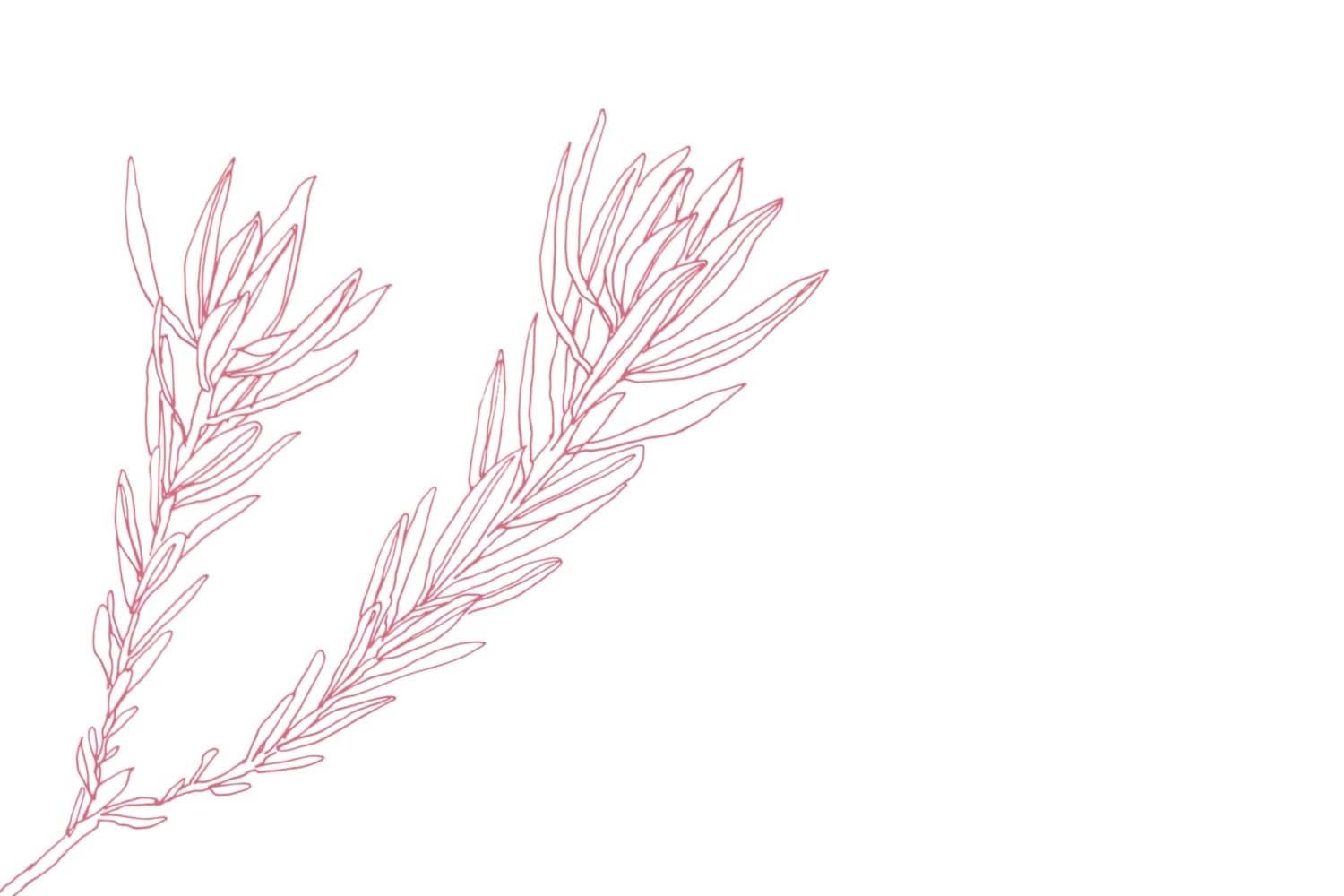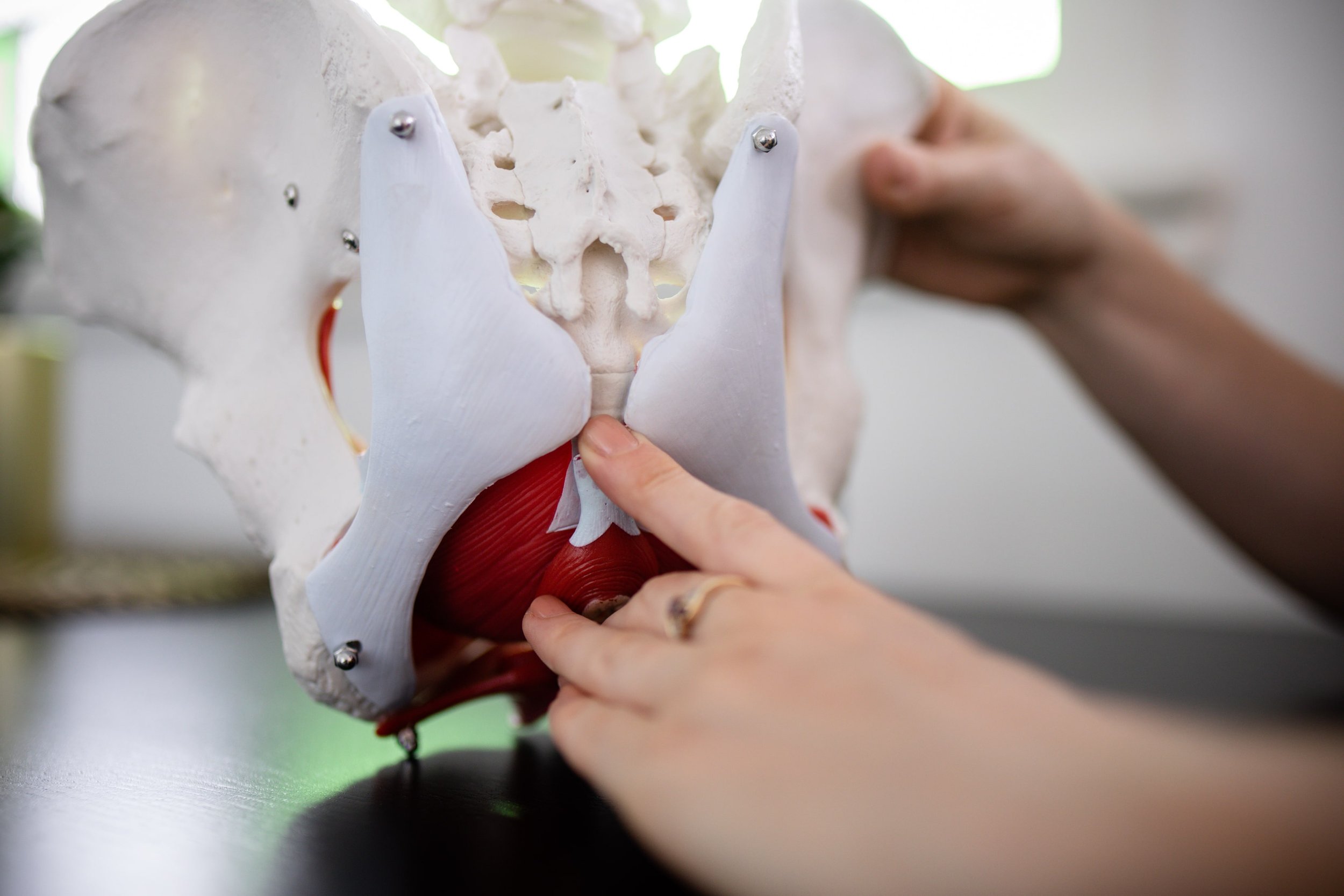WHAT IS TAILBONE (COCCYX) PAIN?
Does it hurt to sit? You may have tailbone (coccyx) pain also known as coccydynia.
Tailbone pain is defined as pain on or near your tailbone (coccyx bone).
The pain can range from a dull ache to a sharp, stabbing pain that is generally felt in the central buttock region. Females are five times more likely than men to have coccydynia.
The coccyx bone serves as an important attachment point for the pelvic floor ligaments and muscles. These connections mean that coccyx pain can have a large impact on your ability to sit or move comfortably.
tailbone pain (coccydnia) relief
we provide manual therapy treatment for tailbone (coccyx) pain in brisbane

WHAT CAUSES TAILBONE PAIN (COCCYDYNIA)?
Tailbone (coccyx pain) is frequently caused by a dislocation of one of the coccyx joints, joint stiffness, or a spasm of the muscles attached to the coccyx. Common causes are:
A direct hit or fall on your coccyx bone such as a snowboarding fall or fall down the stairs
Prolonged labour: Excessive pressure (stress and strain) can be applied to the tailbone (coccyx) as it is behind the uterus and birth canal (vagina). This pressure can result in postpartum coccydynia.
Pregnancy: During pregnancy your body produces the hormone Relaxin. This hormone relaxes the ligaments throughout your body. Ligament relaxation can cause pain when the ligaments that support the tailbone (coccyx) joint relax. More movement at the sacrococcygeal joint may allow you to change the position of your tailbone (coccyx). We find this most commonly becomes an issue when you have a history of a direct fall on your tailbone. As a result, the area can become strained, which can lead to coccydynia.
Pelvic floor tension: Many pelvic floor muscles attach to the coccyx bone; when tight, they put strain on one or both sides of the bone, causing tenderness and pain.
Prolonged sitting with poor posture: Postures where you curve your back can put extra strain on the coccyx bone instead of the sit bones (ischial tuberosities).
Postural imbalance: Injuries or dysfunctions in other parts of the pelvis can put stress on the coccyx bone, sacrococcygeal (SIJ) joint and or any soft tissues (muscles or ligaments) that attach to the coccyx, which can can result in tailbone pain
Gradual onset with no apparent cause: Sometimes the pain comes on so slowly and subtly that no particular cause is ever found.
MY TAILBONE (COCCYX) PAIN ISN’T GOING AWAY
Coccyx pain can be difficult to treat. Stretches for the pelvic floor, low back and hips may help some people. Others find that changing their posture or sitting on a small cushion alleviates their pain. But many people find that they need expert assistance.
Manual therapy that includes hands-on therapy and targeted exercises and education has been shown to be helpful for many people suffering from coccyx pain.
At Pivot Osteopathy, helping people find relief from tailbone (coccyx) pain is one of our passions.
HOW DO YOU TREAT TAILBONE (COCCYX) PAIN?
Manual therapy and corticosteroid injections are two of the most common treatments for coccyx pain. Manual therapy has been shown to be up to 15 times more effective in the long-term, however, it is important to see someone with experience in treating tailbone (coccyx) pain manually.
At Pivot Osteopathy we treat tailbone (coccyx) pain using a combination of hands-on therapy, education and exercises.
Hands-on therapy: At Pivot Osteopathy we complete a whole-body examination for coccyx pain. The coccyx is located at the base of the spine and its position can be greatly influenced by tension in the muscles, ligaments and joints of the pelvis, hips, back and other parts of the body.
Education and Exercise and Advice: When we treat tailbone (coccyx) pain at Pivot Osteopathy, we always include education and key exercises as part of our treatment.
We may incorporate advice on:
Sitting posture - Correct sitting posture education is essential to reducing the pressure and force placed on the coccyx bone; for some people, a small donut cushion can also be useful.
Stretches for the pelvic floor - Advice on pelvic floor stretches and relaxation techniques can help lengthen a tight pelvic floor, which may help relieve coccyx pain.
Pelvic health osteopathy: If you are concerned that your pelvic floor is tight or in spasm as a result of your coccyx pain, a pelvic health osteopath can help with techniques to relax your pelvic floor and help with coccyx bone alignment. Sometimes internal pelvic floor treatment can be helpful to relieve coccyx pain, but this is always discussed with you prior to treatment and we have many external techniques that we can use if this is your preference.
Treatment at Pivot Osteopathy: Our initial appointments are 55 minutes and our subsquent appointments are 40 minutes long. We run longer sessions because we know how important it is to take the time to understand you and ensure that we understand your problem.
TAILBONE PAIN (COCCYDYNIA) TREATMENT BRISBANE
All of our osteopaths at Pivot Osteopathy, Brisbane, have experience treating tailbone pain (coccydynia), whether caused by a fall or during pregnancy or after birth.
If you are concerned about your pelvic floor or believe your tailbone (coccyx) pain has impacted your pelvic floor health, all our Osteopaths have received extensive pelvic floor health training.
Other resources: www.coccyx.org
Where are we located?
You can find us in Kelvin Grove, Brisbane tucked away on a quiet side street. We have beautiful views, on-site parking and a growing number of in-door plants.
Pivot Osteopathy offers treatment to residents throughout Brisbane including Paddington, Kelvin Grove, Herston, New Market, Ashgrove, Red Hill, Grange, Stafford, Bardon and Enogerra.
Can you bring your children to your sessions?
We are a family friendly clinic, so yes, you can absolutely bring your children. We suggest you bring a snack or activities to entertain them, but we will work around whatever is happening on the day.

Still have questions? Please contact us or see our FAQs


